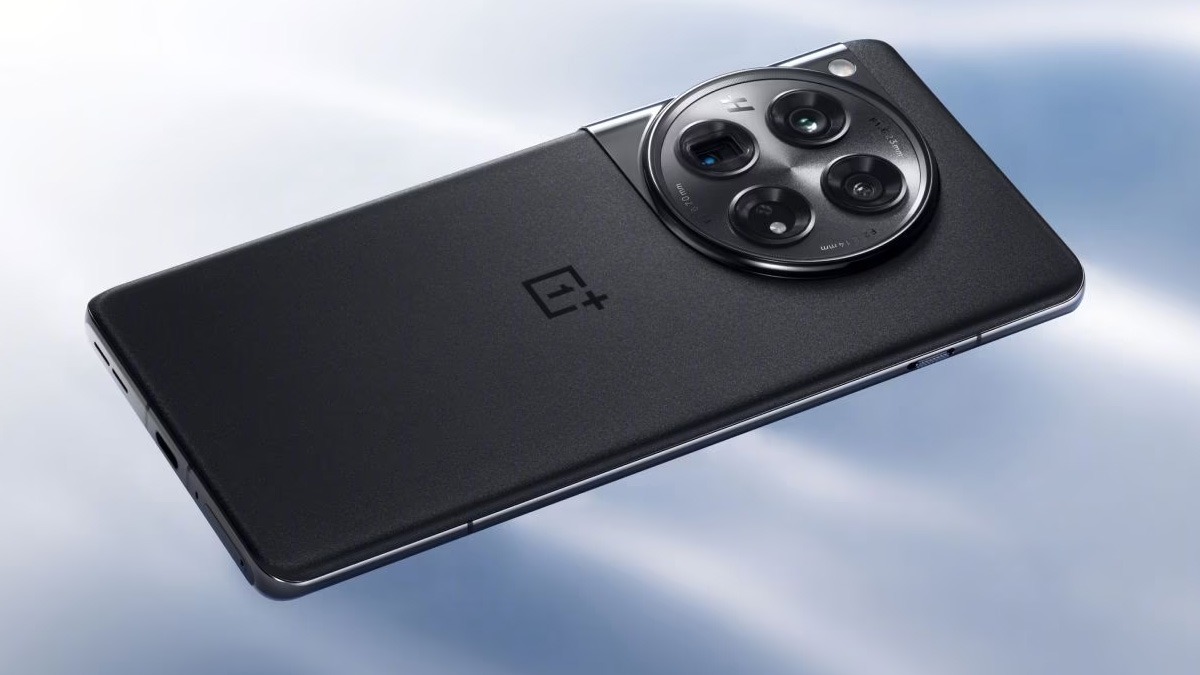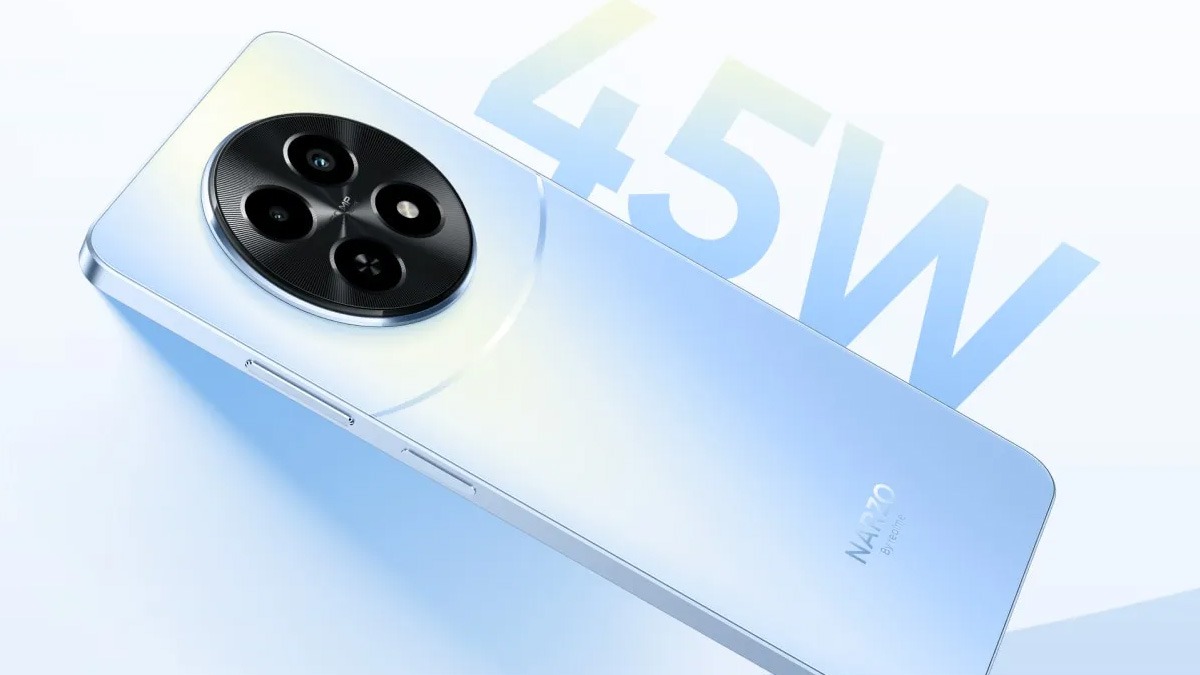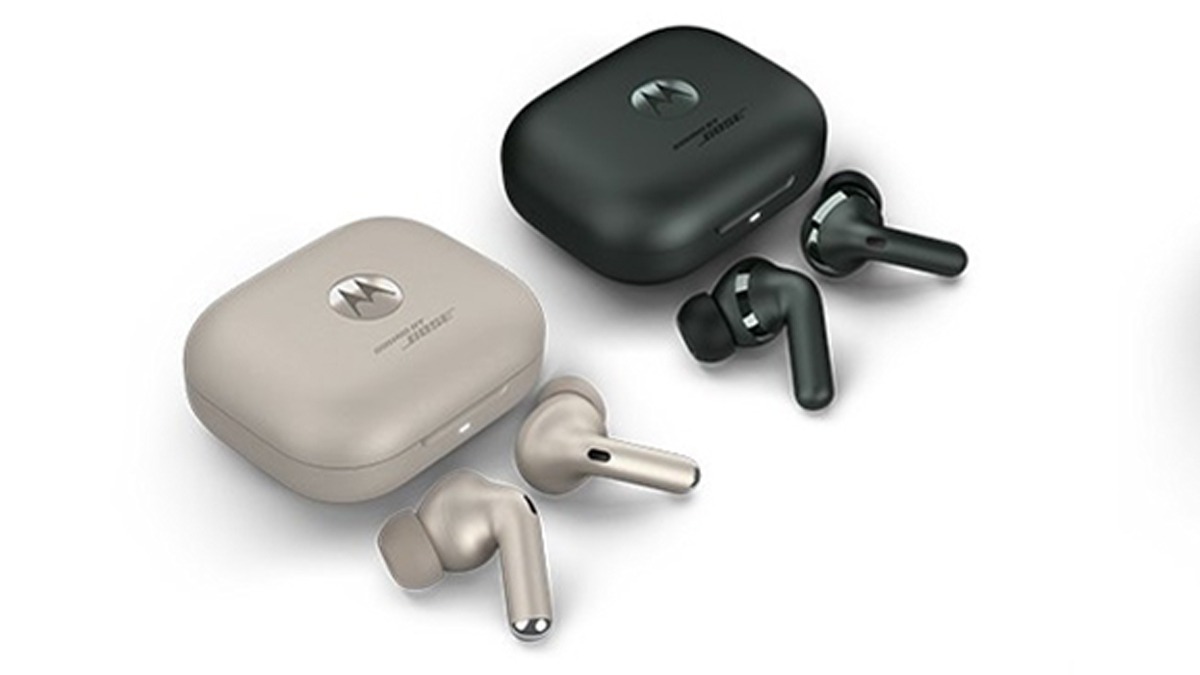Just In
- 11 hrs ago

- 13 hrs ago

- 13 hrs ago

- 14 hrs ago

Don't Miss
- Sports
 Pakistan vs New Zealand: PCB's Failure to Learn Lesson As Fans Continue To Suffer At Rawalpindi Cricket Stadium
Pakistan vs New Zealand: PCB's Failure to Learn Lesson As Fans Continue To Suffer At Rawalpindi Cricket Stadium - Finance
 1:10 Stock Split: Below Rs 10, Fertilizer Sector Turned Ex-Split; 8,282% Returns In 5 Years
1:10 Stock Split: Below Rs 10, Fertilizer Sector Turned Ex-Split; 8,282% Returns In 5 Years - Movies
 Pukaar Dil Se Dil Tak Promo: Sayli Salunkhe Impresses In First Video Of Sony TV Show, Details About Her Role
Pukaar Dil Se Dil Tak Promo: Sayli Salunkhe Impresses In First Video Of Sony TV Show, Details About Her Role - Lifestyle
 Golden Rules To Follow For Happy Marriage For A Long Lasting Relationship
Golden Rules To Follow For Happy Marriage For A Long Lasting Relationship - News
 Chinese President Xi Jinping Orders Biggest Military Reorganisation Since 2015
Chinese President Xi Jinping Orders Biggest Military Reorganisation Since 2015 - Education
 Exam Pressure Does Not Exist; Studying Punctually is Crucial; Says Aditi, the PSEB 2024 Topper
Exam Pressure Does Not Exist; Studying Punctually is Crucial; Says Aditi, the PSEB 2024 Topper - Automobiles
 Suzuki Swift Hatchback Scores 4 Star Safety Rating At JNCAP – ADAS, New Engine & More
Suzuki Swift Hatchback Scores 4 Star Safety Rating At JNCAP – ADAS, New Engine & More - Travel
 Journey From Delhi To Ooty: Top Transport Options And Attractions
Journey From Delhi To Ooty: Top Transport Options And Attractions
NASA Astronaut Chronicles Southern Lights From ISS
NASA astronaut Christina Koch has captured a mesmerizing image of the Southern Lights or Aurora Australis for the International Space Station (ISS). The image was captured during one of the space station's 15 orbits of the planets.

The ISS orbits around our planet about 15 times every day, and it takes the space lab 90 minutes to complete a full circle. The frequent orbits of the ISS allow astronauts to take some stunning images from space.
The new images posted by Christina Koch shows the Southern Lights in full glory. These polar lights are colorful streams of excited gas that exists in the upper parts of the atmosphere. The astronaut tweeted the image with the caption:
"Years ago at the South Pole, I looked up to the Aurora for inspiration through the 6-month winter night. Now I know they're just as awe-inspiring from above. #nofilter"
When charged particles in the solar winds interact with oxygen and nitrogen in the atmosphere, the gas at high altitudes gets excited to a point where they start glowing in different shades of green, yellow, blue, red, and violet. The North Pole witnesses a similar phenomenon called Aurora Borealis or Nothern Lights.
NASA said: "The dancing lights of the aurora provide spectacular views on the ground but also capture the imagination of scientists who study incoming energy and particles from the Sun."
Previously, NASA's Hubble Space Telescope captured a breathtaking image of the NGC 7773 galaxy which is located 357 million light years away from our planet in the Pegasus constellation.
The galaxy is similar to our Milky Way, as it is also a barred spiral galaxy. A bar of bright light in the center of the galaxy is visible. It is basically a structure of gas and dust where star formation occurs.
NASA also released an astounding X-ray image showing the entire night sky over a span of 22-months, showing a celestial fireworks display. The latest NASA image was chronicled using the Neutron star Interior Composition Explorer (NICER).
-
99,999
-
1,29,999
-
69,999
-
41,999
-
64,999
-
99,999
-
29,999
-
63,999
-
39,999
-
1,56,900
-
79,900
-
1,39,900
-
1,29,900
-
65,900
-
1,56,900
-
1,30,990
-
76,990
-
16,499
-
30,700
-
12,999
-
62,425
-
1,15,909
-
93,635
-
75,804
-
9,999
-
11,999
-
3,999
-
2,500
-
3,599
-
8,893











































